The playing and enjoyment of games, whether physical or sedentary, is a fundamental human activity, found in almost all societies. From earliest times, successful games have traveled freely between different regions of the world, and some have long, intriguing cultural histories. It is not commonly known that several of the world’s most popular hoard games were conceived in the Indian subcontinent, including Ludo, snakes and Ladders, and not least chess, the greatest and most universal board game of all. Gaming with dice and the playing of board games have had a major role in Indian culture since at least the 3rd millennium BCE, as shown by archaeological finds and references in the Rig Veda, Mahabharata, and other texts. Game boards, pieces, dice, and playing cards also survive, particularly from the Mughal and British periods (c. 1560-1947). Many were made for courtly or wealthy patrons and are often richly decorated, while those used by the common people also reveal a vigorous and attractive sense of design. This is the first volume to describe great traditional Indian games in their cultural and artistic aspects, illustrated with paintings and sculptures of games being played, and with fine examples of game boards, pieces, and playing cards from museum and private collections.
Rajasthani Drawings in the Jagdish and Kamla Mittal Museum of Indian Art
This catalogue presents the ...
Rated 5.00 out of 5
$249.30
$277.00

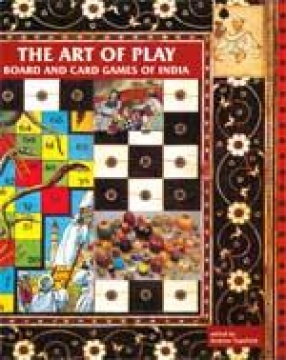
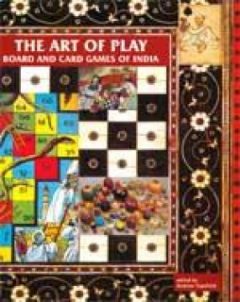
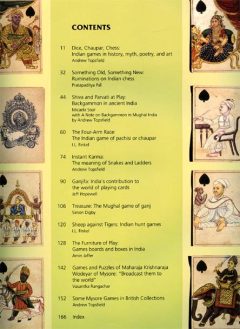

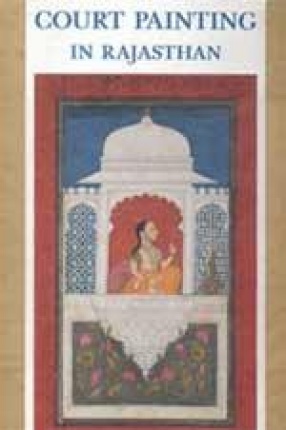
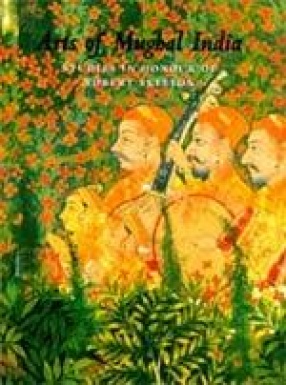
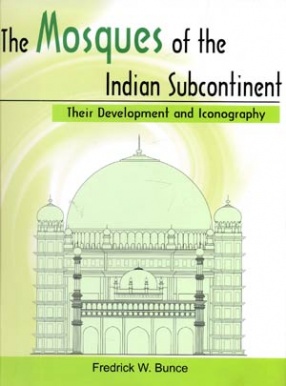
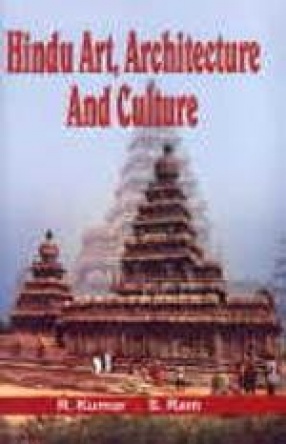

There are no reviews yet.